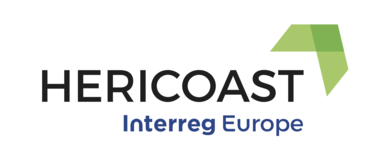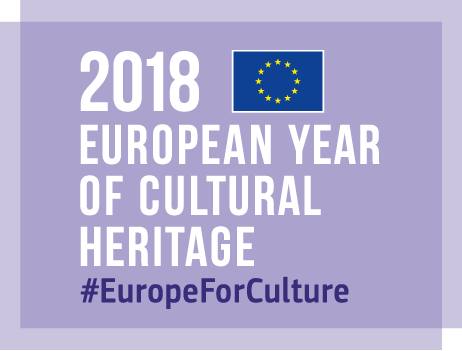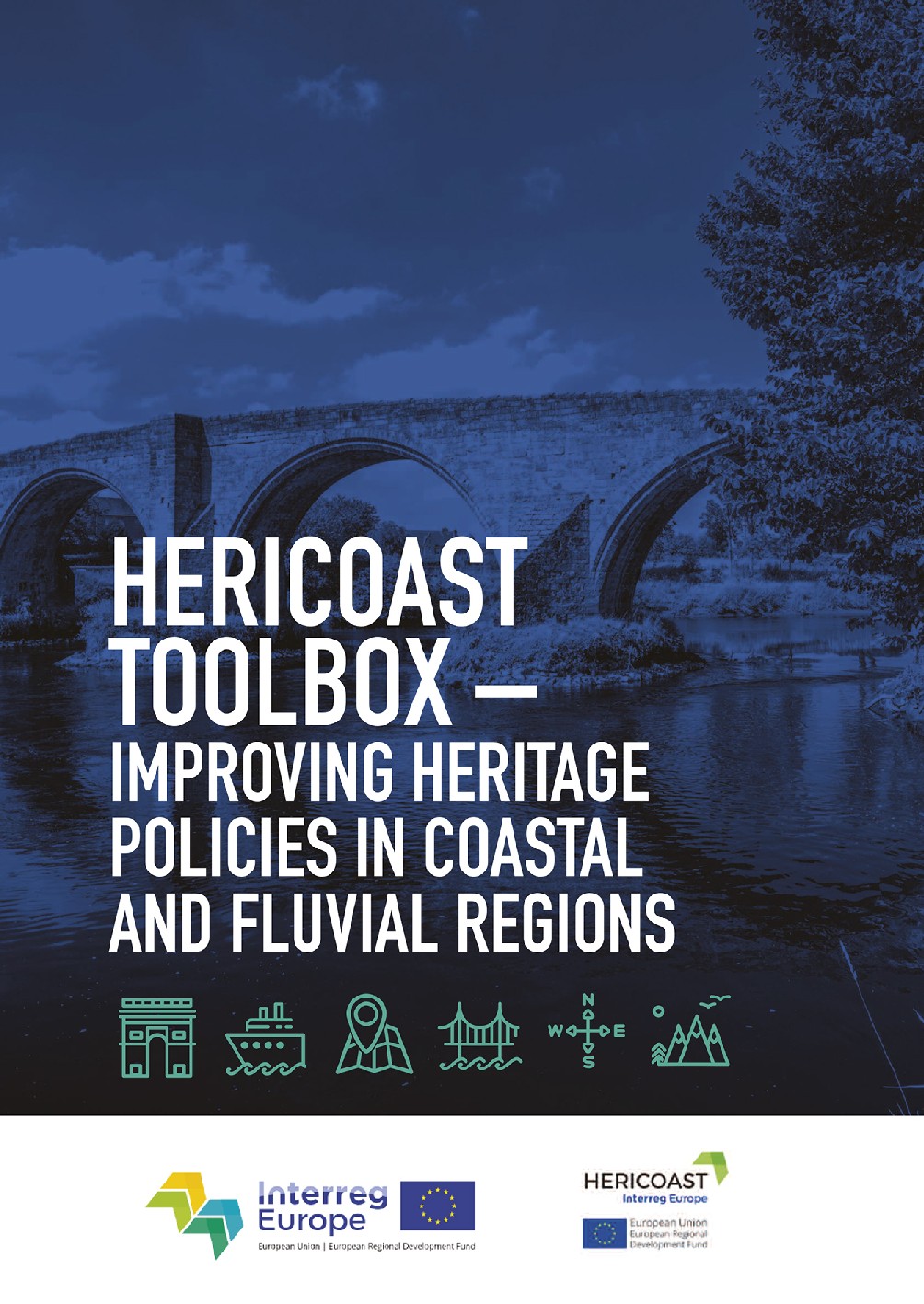From May 2 to May 4, 2017 HERICOAST partners and stakeholders joined in Valladolid - Castilla y León for the 3rd interregional event to put in common their good practices and succesful experiences regarding fluvial and maritime heritage.
To this end, it was hold an steering group meeting, as well as, an interregional workshop with the participation of stakeholders and the partners of the project and the field visit linked to some of the good practices presented during the workshop.The Delegate territorial of Palencia Mr. Luis Domingo Gonzalez Nuñez and the General Director of Cultural Heritage of the Board Castilla and Leon, Mr.Enrique Saiz Martín accompained us in the field visit. 39 participants attended the field visit.
The programme included:
- Visit to the dock of the Canal de Castilla in Medina de Rioseco, the Major Artemio Dominguez explained us the good practice related to the acquisition of the Flour Factory of Saint Antonio , the beautification of the surrounding of the Castilla Waterway and the recovery of the navigability, that it has got to become the Castilla waterway in a touristic place in which different activities are developed such as Horse Fair, the arrival of the three Kings at Christmas, concerts, exhibitions...This visit also included a trip by boat "Antonio Ulloa" through the Castilla Canal where the culture councilior Maria San José talked us about the importance of the Castilla Waterway in the touristic and economic development of the town.

2) Visit to the Lock-Keeper´s House in Frómista where the Major Fernando Diez Mediavilla told us that the Lock Keeper’s House was transferred by the Duero Hydrographic Confederation to the Local Government of Fromista. This old Lock Keeper’s House was part of the asset that constitutes the Castilla waterway declared of Cultural Interest with category of Set Historical. It is located in the crossing of the Way of Saint James with the Castilla waterway, it turns into a point of touristic information for the visitors and pilgrims who come attracted by the Way of Saint James, and by the Romanesque art of the town where some volunteers help pilgrims who pass by the Way of Saint James. More than 8,500 people came into the tourist information office looking for some information about the Castilla Waterway. Thanks to the installation of a technology computer they know that more than 168,000 people have passed through there. The building was rehabilitated and it was provided with infrastructure enough to take advantage of it to sociocultural events, place of exhibitions or conferences and which serves as a space for the needs of the waterway The Mayor highlighted all this has been useful for an economic development of Fromista.

3) Visit to Herrera de Pisuerga, the Mayor Javier San Millan welcomed us and we gave a trip by boat Marques de la Ensenada organized by the Provincial Government of Palencia where the council woman of tourism Ana San Millán explained us thoroughly the good practice related to the construction of the walkway over the Pisuerga river in the cross of the Castilla waterway .The walkway over the Pisuerga river in the cross with the Castilla waterway is the result of the collective and individual demands so that the towpath of the Castilla waterway could continue from the beginning to the end.
The most important obstacle of the route was that when reaching a point of the towpath in Herrera de Pisuerga, it was cut due to the crossing of the river Pisuerga with the Castilla waterway and the visitors (walkers or cyclists), who make the route of the Castilla waterway, were forced to take a long detour away from the waterway which in many cases leads to their being lost, having to circulate for national roads with heavy traffic or even crossing the river by the railway bridge and it was very risky for them.

Linked to this, there arises the need to create a bike parking so that the visitors who travel the towpath by bicycle, they could leave their bikes in a safe place and enjoy the environment walking. Three modules have been placed with capacity for 9 bikes, they work as lockers with independent doors with their respective locking keys so that each user can keep their bikes independently .

Participants were very interested in the management of the Cultural Heritage of the Castilla waterway and in the way the local authorities have managed to perform all these facilities and services.



